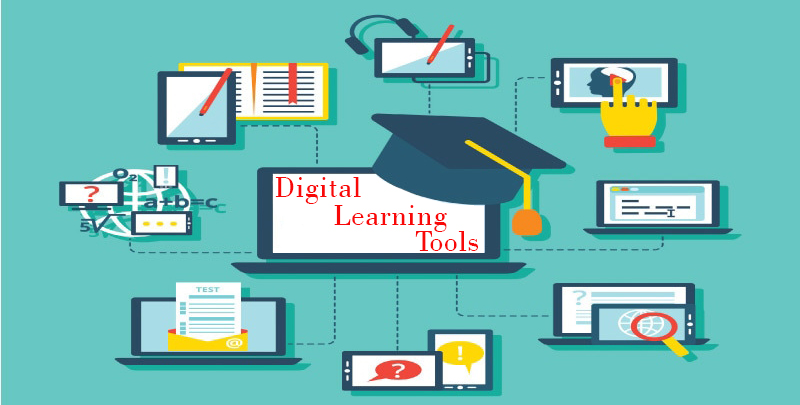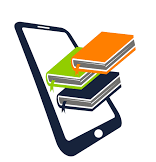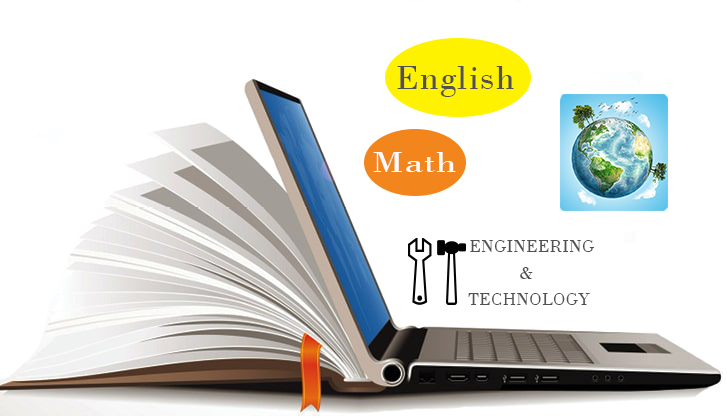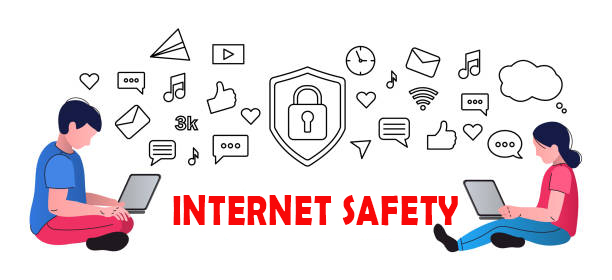Digital Learning Tools

Technology plays a big role in the different aspects of our life, including health, manufacturing, and agriculture. Today, technology plays a bigger role in education due to the high level of technology literacy in today’s generation. The increase of digital literacy and technological advances has led to the expansion of technology in education. How can we, as students, teachers, and parents use technology to enhance education?
What role should technology play in education?
The traditional, face-to-face, physical classroom relies on standardized course structure, learning abilities of one’s classmates, and the skills, experience, and knowledge of one tutor. These baseline factors can hinder a student from grasping the necessary material or understanding the learning process. Online learning offers a more person-oriented environment for the students. Online learning platforms today support a student-led model where students are given more control over their learning pace. Through online learning programs, a student is not limited by time, or dependent on other participants to excel.
Best Digital Learning Tools
Video-based learning
As the name suggests, video-based learning enables students acquire skills and knowledge via video. This form of eLearning is gaining popularity and preference to the traditional web-based eLearning system. Teachers and instructors are continuously developing videos focusing on the learning curriculum in various topics such as how to prepare for ones exams and subjects including Mathematics, Science, Technology, Engineering, and Foreign Languages including English, French, and German.
Mobile Learning

Globally, there are 5.29 billion unique mobile phone users. In Kenya, over 59.24 million mobile connections had been as at January 2021. These figures show the rate at which people are accessing mobile phone technology and adopting it into their daily activities. Mobile learning is defined as education or training mediated by means of portable computing devices such as smartphones or tablet computers. Mobile phone technology offers a quick and easy access to information. With the availability of internet services in the country, students can use mobile phone devices to access learning lessons and study content from online learning sources such as learning websites and videos from sources such as YouTube. There are also learning applications available on Google’s Play Store and Apple’s Store that provide learning materials. These materials are available 24 hours a day, 7 days a week. With the highest number of learners in rural and rural-urban areas, telecommunication companies in Kenya such as Safaricom and Airtel have provided infrastructure to provide internet services even to the most remote regions in the country. Throughout Africa, companies are continuously connecting more users to the affordable internet, enabling students, teachers, and parents access the right learning materials at any given time, and on-demand.
Personalized training programs
Personalized training programs place more focus on the individual needs of a student. Traditional teaching structure requires one tutor or instructor to be assigned to a group of students. Whereas this method is praised to teamwork and collaboration, students may feel an unnecessary emergence of competition from the other participants. Different students have different learning capabilities; however, despite this factor, a face-to-face classroom delivers content in a similar manner for all students. Online learning tools include a pool of various applications, software, videos, and websites which makes the learning process more customizable, hence more personal. Despite a student not grasping a whole concept in the first take, he or she has the ability to revisit older materials and re-learn to add to the skills and knowledge.
In summary, there is always a debate on the role of technology in education. Growing up, most of the older generations have used the traditional face-to-face learning structure. Inarguably, technology has been successfully adopted in other industries, why the reluctance in education? We cannot fully dismiss our lack of preparedness to integrate education, but it has been over 20 months since the Covid-19 pandemic pinned us to a corner. The emergence of the Corona virus has re-sparked the debate of online learning. The pandemic disrupted the entire curriculum structure from Pre-Primary to Tertiary education. Currently, there is a rush to complete the required syllabus and eventually return to the old learning schedules. As stakeholders in the education sector, we need to have a dialogue on the impact of another disruption on education. How can we leverage the currently available robust technology to streamline the education sector? Whereas we must admit we have a lot to do before we can comfortably say we have adopted technology in learning, we can start by adopting the small changes in education. Remember, we do not need to see the end of the journey, we need only start it.



